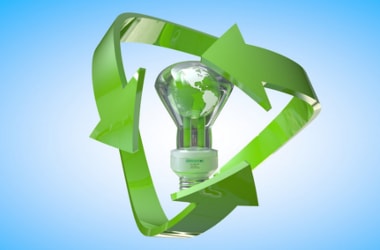
Shri Piyush Goyal, Minister of State (IC) for Power, Coal, New and Renewable Energy and Mines launched the Energy Conservation Building Code 2017 (ECBC 2017) on 19th June 2017.
Developed by Ministry of Power and Bureau of Energy Efficiency (BEE), ECBC 2017 prescribes the energy performance standards for new commercial buildings to be constructed across India.
The updated version of ECBC provides current as well as futuristic advancements in building technology to further reduce building energy consumption and promote low-carbon growth.
ECBC 2017 sets parameters for builders, designers and architects to integrate renewable energy sources in building design with the inclusion of passive design strategies.
The code aims to optimise energy savings with the comfort levels for occupants, and prefers life-cycle cost effectiveness to achieve energy neutrality in commercial buildings.
ECBC 2017 will give clear direction and have criteria for new buildings to be Super ECBC
In order for a building to be considered ECBC-compliant, it would need to demonstrate minimum energy savings of 25%.
Additional improvements in energy efficiency performance would enable the new buildings to achieve higher grades like ECBC Plus or Super ECBC status leading to further energy savings of 35% and 50%, respectively.
With the adoption of ECBC 2017 for new commercial building construction throughout the country, it is estimated to achieve a 50% reduction in energy use by 2030.
This will translate to energy savings of about 300 Billion Units by 2030 and peak demand reduction of over 15 GW in a year.
This will be equivalent to expenditure savings of Rs 35,000 crore and 250 million tonnes of CO2 reduction.
ECBC 2017 was developed by BEE with technical support from United States Agency for International Development (USAID) under the U.S.-India bilateral Partnership to Advance Clean Energy – Deployment Technical Assistance (PACE-D TA) Program.